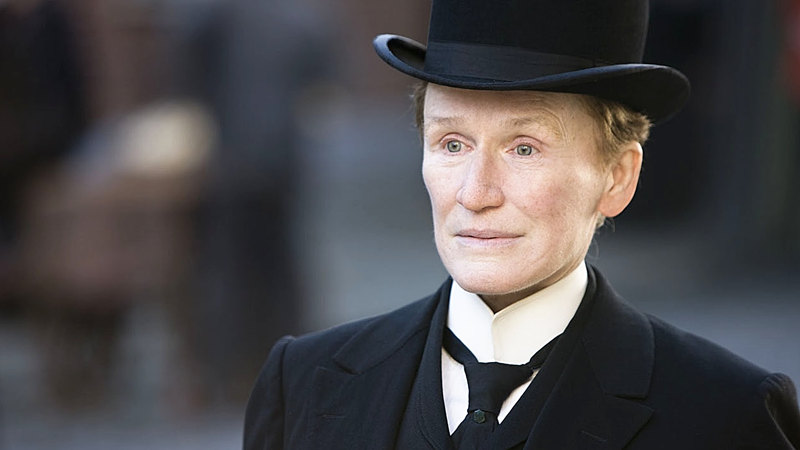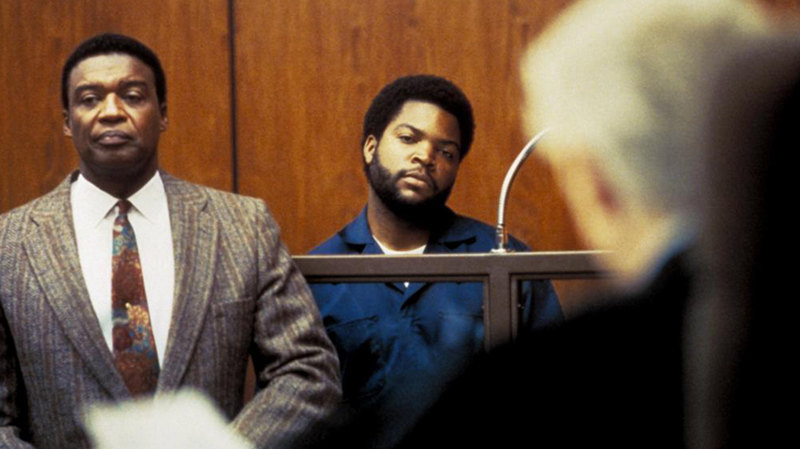News programs were already polling the man on the street for soundbite reactions to hot button issues and marketers were mining kinda-big-data to determine what features consumers wanted in their next refrigerators, but when filmmaker Jean Rouch and sociologist Edgar Morin took their cameras to the people of Paris in the summer of 1960 they had a much grander project in mind. It was a project so grand it couldn’t have sounded any simpler: they wanted to find out how people were living. And this simple, grand project that would eventually be called “Chronicle of a Summer” (1961) would change cinema.
Though the movie was shot with a variety of equipment, a significant portion of it would not have been possible without a prototype of the KMT Coutant-Mathot Éclair, a lightweight camera with the ability to shoot synchronized sound, an innovation that enabled the filmmakers to record their subjects walking and talking where previous filmmakers had usually had to choose between the two. No labor-intensive need to lay down dolly tracks, just say “action” and go… to all the places a tiny camera and a Nagra sound recorder can go. This elegant freedom might be taken for granted today, but was a revolution that expanded the neo-realist impulse into what Morin dubbed “cinéma vérité” or “film truth.”
Rouch and Morin’s quest for“film truth” is framed by constant doses of skepticism and an obsessive reflexivity. In the first scene, the filmmakers debate each other on the possibility of ever getting the “truth” out of a subject who knows she has a camera pointed at her, even on a free-wheeling, highly mobile shoot. Following Rouch’s trademark collaborative style, honed over a decade plus of filming in Africa, they then ask their first subject, Marceline Loridan, whether she thinks she can be “natural” under interrogation. She says, “It won’t be easy.” Nothing else about the film would turn to be easy either.
Morin’s response to Marceline in this scene is noteworthy: “You’ve no idea of our questions. Neither have we, for that matter.” “Chronicle” was conducted as an experiment, and though it was certainly controlled and shaped by its experimenters its endpoint was unknown. Morin and Rouch called on a circle of friends, and then on the friends of those friends, to answer questions and shoot the breeze over meals and other social gatherings. They wanted workers to interact with students and intellectuals, but didn’t know what the interaction would produce any more than they knew how strangers would respond when prompted with the seemingly insipid question, “Are you happy?” Of course, the editing room provides a convenient method for an irresponsible scientist to excise any data that doesn’t fit his hypothesis.
We can only judge by the final cut, but Morin and Rouch seem willing to follow where their material leads them, though they aren’t shy about steering their subjects from an initial focus on their daily lives (How do you live?) to more contentious discussions about topics ranging from racism to the Algerian Revolution. The resulting exchanges are generally civil, and one wonders whether the presence of a friendly crew, as well as the knowledge that the footage would be seen in theaters, has a lot to do with that. How else to explain how questions like “You don’t mind being black?” are met with polite laughter?
The experiment reveals a few answers to the primary question, to how people are living. Factory workers detest the daily grind and are too skeptical to reach for any dangling carrots; work is just work and it will never lead to anything better. Though people know how to enjoy their leisure time, hardly anyone seem particularly thrilled with turn-of-the-decade Paris: “You have to fight boredom all day long.” Some treat the camera as a confessional, others address it warily. Political unrest brews everywhere, not just among the academic set, but we would have to wait a few years to find out how it manifested.
If Rouch and Morin were hoping their experiment would provide an authoritative resolution to the possibility of “truth” on camera, they were likely frustrated, but the answers (or lack thereof) they find prove far more productive. In the concluding scenes, they show rushes from the film to their cast members and invite feedback. They find that even this small group that has collaborated on the project from the start cannot reach a consensus about the most basic aspects of what they have just seen. They differ on who comes across as sympathetic, who seems sincere or phony, and on just about everything else. Rouch and Morin seem genuinely surprised to learn that “Some say it is true; some say it isn’t.” I suspect their consternation is a bit of a put on, however, and it is precisely this kind of debate that has lent the film such a long and vital life. Truth emerges from the process, it is not merely a property to be recorded.
Audiences engaged in similar debates, but there was broader agreement that just about everyone was energized by the sense of immediacy that the combination of the mobile camera and synchronized sound brought to the screen. Truthful or not, Rouch and Morin had provided a degree of access to “real” people that had rarely, if ever, been associated with a trip to the theater before. It helped point the way not only to the future of documentary practice, but also motivated major changes in feature filmmaking in the Nouvelle Vague and beyond. “Chronicle of a Summer” was and remains a singular, transformational achievement.
Video:
The film is presented in its original 1.37:1 aspect ratio. The black-and-white film was shot mostly on 16mm reversal film, partially on 35mm camera negative. It was restored in 2011 by the Cineteca di Bologna in cooperation with Argos Films. The 2K digital restoration was sourced from a scan of the 1961 35mm blowup print. As the film used different cameras in different scenes, the image quality varies and there are a few sequences where the visuals are a bit muddy and there is a slight loss in image sharpness involved in blowing up from 16mm to 35mm. However, this 1080p transfer provides a superb rendition of the source material with a rich, grainy look throughout and surprisingly little damage overall.
Audio:
The linear PCM Mono track has some rough patches, an artifact of the film’s production, and it appears that not every scene includes synchronized sound. However, when we do get synch sound, it’s generally clear if not flawless. Optional English subtitles support the French audio.
Extras:
The most substantive extra is “Une été + 50” (75 min.), a 2011 documentary directed by Florence Dauman. This is a fantastic feature which mixes lengthy outtakes from the original film (some of which are quite startling) with new interviews with Edgar Morin as well as a few of the cast members. “Chronicle of a Summer” is a favorite subject for academic study in several disciplines, and these documentary provides an essential supplement for any student of the film.
The disc also includes an October 2012 interview (14 min.) with anthropology professor Faye Ginsburg who discusses Jean Rouch’s impact on multiple fields of study.
We also get archival interviews with Jean Rouch (1962, 6 min.) and Marceline Loridan (1961, 7 min.)
The 36-page insert booklet includes a comprehensive essay by scholar Sam Di Iorio, one of the longest and most detailed essays Criterion has ever included. Don’t skip this!
Film Value:
“Chronicle of a Summer” seeks “film truth” by the most humble, collaborative, and, yes, responsible means at its disposal. Not even the most vitriolic of vérité critics could accuse it of making any unjustified claims on being the ultimate truth or of representing unvarnished reality. It blazed a wide path that filmmakers of many interests and influences followed. If you were looking for some lamentation about how it set the stage for the eventual rise of reality television, move on. And turn off your damn TV. Not all paths lead to the Jersey Shore.


